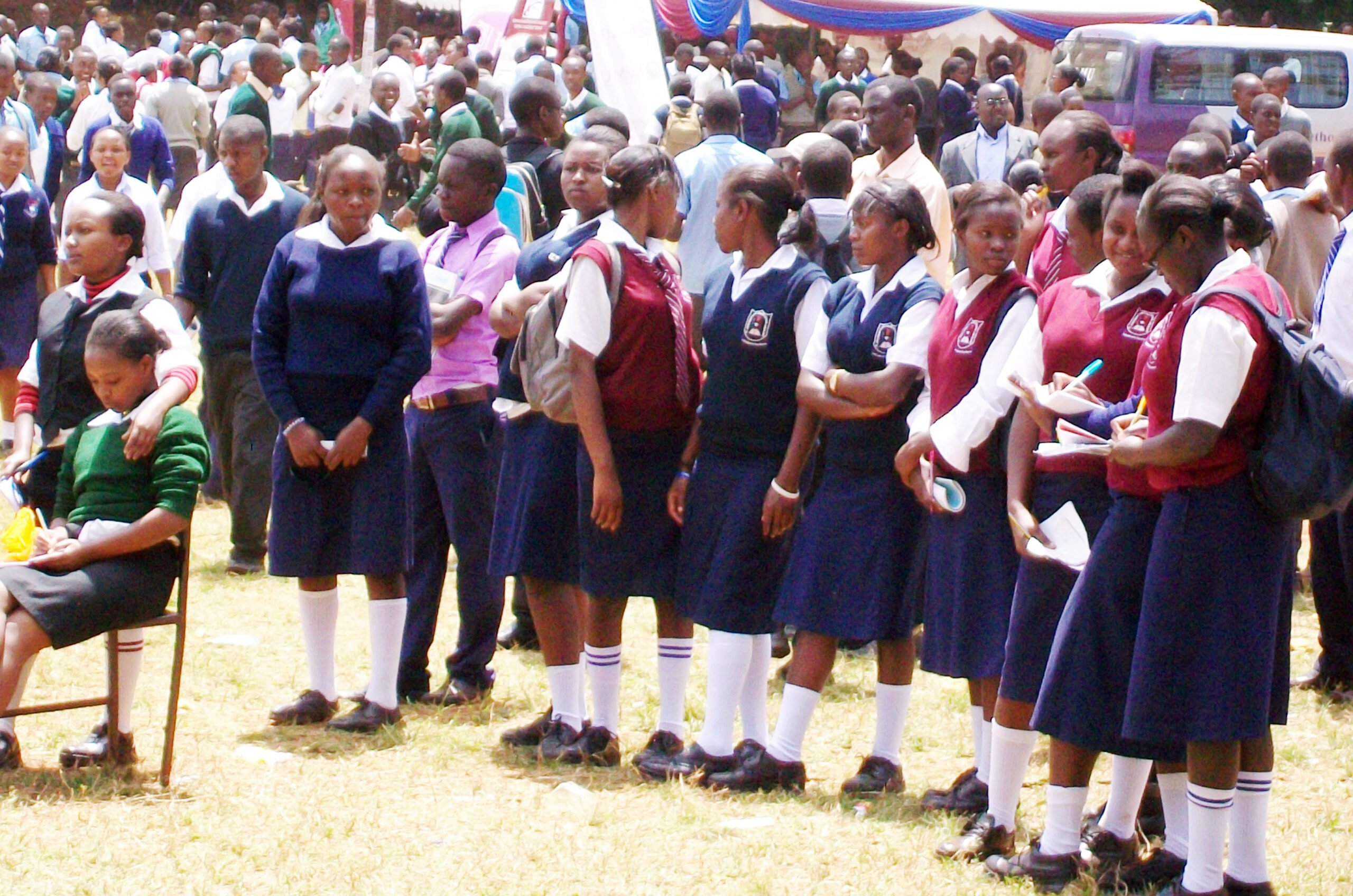By Robert Nyagah
Corporal punishment is still being administered in many schools in Embu County and across the country, with parents and guardians presuming it to be lighter and better than suspending or subjecting learners who err to manual labour.
Teachers frequently use corporal punishment even in the presence of parents, who perhaps assume it is right without actually knowing the effects such caning has on the learners.
Stereotype analysis of corporal punishment could perhaps be the reason why that goes on. In recent past, respected religious leaders in Embu supported the reintroduction of this type of discipline enforcement.
Majority of religious leaders in the county, some of whose churches sponsor schools, caused controversy when they supported former Education Cabinet Secretary George Magoha’s proposal for reintroduction of corporal punishment.
Amid the never ending debate, cases of pupils and students being injured – sometimes fatally as teachers enforce discipline – have continued to be reported across many parts of the country years after corporal punishment was made illegal.
While any serious injury or fatalities inflicted on learners is treated as a crime in Kenya, most incidents of corporal punishment are go unreported with school administrations, teachers and parents resolving them as disciplinary matters.
Before the ban, it was normal for learners to be subjected to beatings, with some ending up with injuries and even deaths.
The Constitution of Kenya 2010 states that apart from having a right to free and compulsory education, the child has a right to ‘be protected from abuse, neglect, harmful cultural practices, all forms of violence, inhuman treatment and punishment, and hazardous or exploitative labour’.
End Corporal Punishment, an organization previously known as The Global Initiative to End All Corporal Punishment of Children, says globally an estimated 246 million children experience violence in and around schools.
Corporal punishment, experts say, can decrease self-esteem, reduce school attendance, and lower academic achievement.
With poverty, drought and the aftermath of the Covid-19 exacerbating the global learning crisis by forcing children out of schools, research has shown that millions of children have become more vulnerable to violence in many settings – at home, in the community and online.
“Learning and safety can no longer be thought of as separate entities. As decision makers around the world look to respond to the compounding crises of the pandemic, conflict, climate change and poverty, safe education must be at the heart of efforts to build back better and safer places for children,” says the organization.






